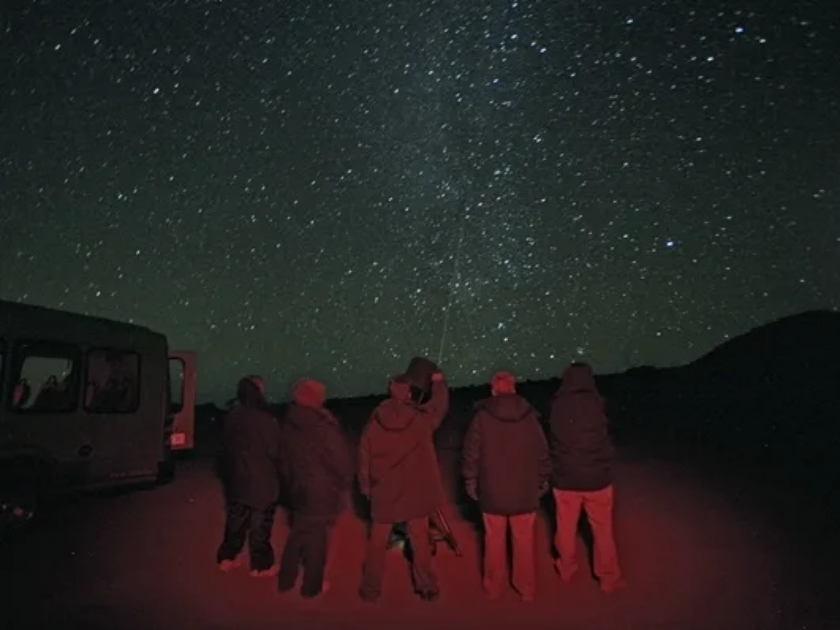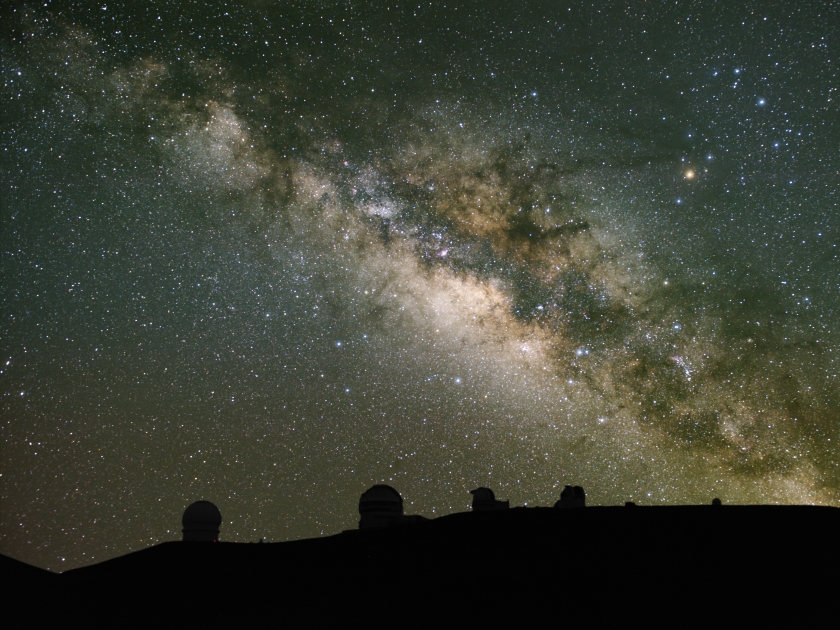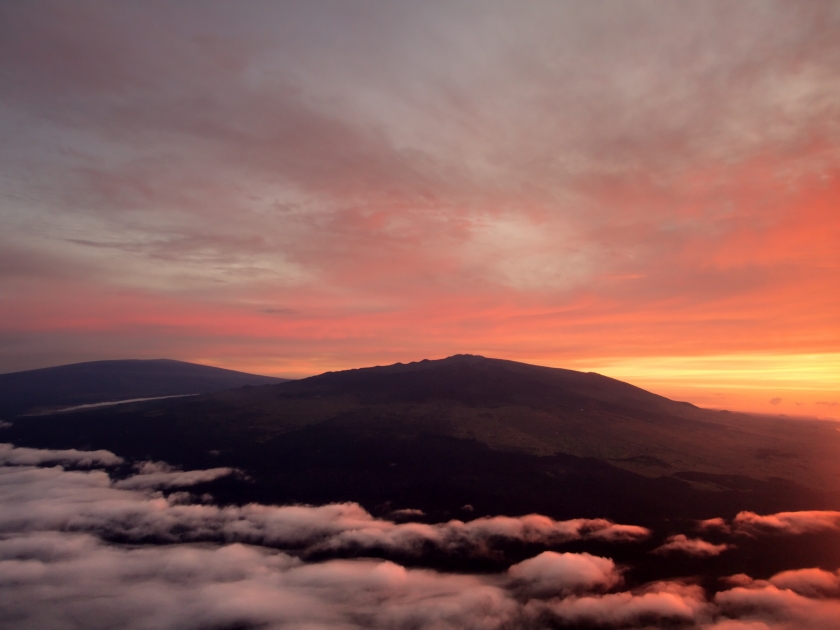Mauna Kea, standing at 13,803 feet above sea level, is not only Hawaii’s tallest peak but also one of the world’s premier destinations for stargazing. Its high elevation, minimal light pollution, and stable atmospheric conditions create an unparalleled environment for observing the night sky. This guide will provide you with essential information to plan a memorable stargazing experience on Mauna Kea.
Why Stargaze at Mauna Kea?

Unparalleled Clarity
Perched at an impressive 13,796 feet (4,205 meters) above sea level, Mauna Kea offers a stargazing experience like no other. The summit’s high altitude reduces atmospheric interference, creating crystal-clear views of the cosmos. This makes it a prime location for stargazing enthusiasts and professional astronomers alike.
World-Class Observatories
Mauna Kea’s exceptional conditions for observing visible and infrared light have attracted global attention, with 13 observatories from over 11 countries established on its summit. These cutting-edge facilities not only advance astronomical research but also provide visitors with an extraordinary glimpse into the mysteries of the universe.
What to Expect: Mauna Kea Stargazing Programs
- Free Programs at the VIS: The VIS offers stargazing sessions with telescopes and knowledgeable staff. However, these programs are currently held once a month and require reservations.
- Guided Tours: Several companies provide comprehensive tours, including transportation, equipment, and expert guides. These tours often combine sunset viewing at the summit with stargazing sessions.
- DIY Stargazing: Visitors can stargaze independently around the VIS area. Ensure you have appropriate equipment and are prepared for cold temperatures.
Best Time for Stargazing at Mauna Kea

The best time for stargazing at Mauna Kea is during the dry months from April to October when the skies are clearest. For the darkest and most vivid celestial views, plan your visit around the new moon phase, as minimal moonlight enhances the visibility of faint stars and galaxies. Aim to stargaze just after astronomical twilight, when the sun has dipped 18 degrees below the horizon, providing the perfect conditions to marvel at the wonders of the night sky.
Packing List for Stargazing at Mauna Kea
- Warm Clothing: Temperatures at the summit can drop below freezing, so dress in layers, including thermal wear, hats, and gloves.
- Equipment: While the naked eye can observe many stars, bringing binoculars or a personal telescope will enhance your experience.
- Essentials: Pack snacks, water, and any personal medications, as facilities are limited.
Nearby Attractions and Activities

Make the most of your trip to Mauna Kea by exploring nearby attractions. Visit Hawai‘i Volcanoes National Park to marvel at active volcanic landscapes and unique ecosystems. Take a scenic adventure to Waipi‘o Valley, renowned for its lush greenery, majestic waterfalls, and picturesque hiking opportunities. For a cultural touch, stop by Hilo Town to explore its vibrant markets, museums, and local charm. These nearby destinations add depth and variety to your stargazing journey.
Getting to Mauna Kea
Visitor Information Station (VIS)
The Mauna Kea Visitor Information Station, situated at 9,200 feet, is your starting point for stargazing adventures. Open daily from 9 AM to 9 PM, the VIS offers valuable resources, including a documentary about Mauna Kea’s cultural and scientific significance. It also serves as a checkpoint, as only 4WD vehicles are allowed beyond this point due to steep and rugged roads.
Driving to the Summit
To access the summit, a 4WD vehicle is essential for navigating the challenging terrain. If you don’t have one, consider booking a guided tour that includes transportation, expert insights, and stargazing experiences.
Directions
From Hilo, head west on Saddle Road (Route 200) for about 28 miles, then turn onto Mauna Kea Access Road. From Kona, drive east on Saddle Road for roughly 35 miles before reaching the access road. Both routes offer scenic drives, leading to a world-class stargazing destination.
Celestial Feels Only
Stargazing on Mauna Kea offers a unique blend of natural beauty, scientific discovery, and cultural richness. By preparing adequately and respecting local guidelines, visitors can enjoy an unforgettable experience under one of the clearest night skies on Earth.




